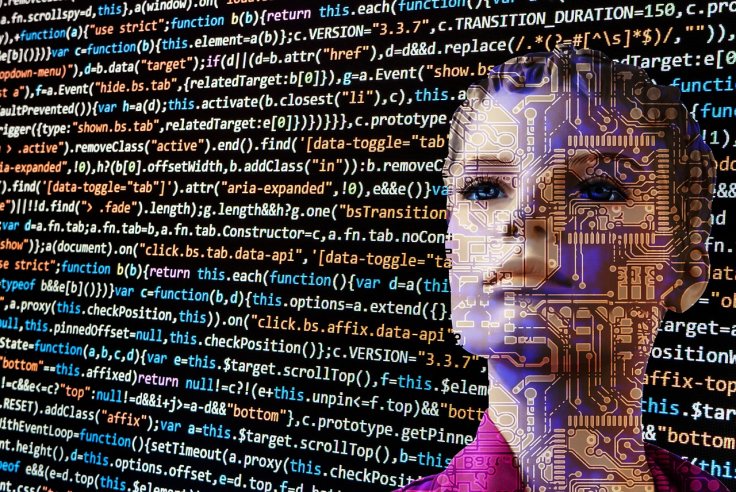Imagine you're at your office one day and you suddenly get a call from the CEO of your company asking you to give out some important details including maybe your bank account stating that you are entitled to a bonus.
You will be excited and would reveal the information without giving it a second thought. A few minutes later you get a message from your bank saying that your account has been debited. You start thinking about how did it happen and then start wondering whether it was your boss, but then again you got a call from his phone and you recognised his voice. Congratulations, you have been "deepfaked."
As artificial intelligence becoming more and more advanced with each passing day, the possibilities of its applications are becoming limitless. Sure, AI is a boon to technology and help make our lives easier, but that is only of it used in a productive manner, not when it gets into the hands of cybercriminals.
What are deepfakes?

We hear of cybersecurity threats every day. There are numerous reports of data theft, system breaches, phishing emails, and some more everywhere, and now a new AI-powered cybersecurity threat has emerged called and it's being called deepfake, which as you may have already assumed uses artificial intelligence to fake or imitate certain characteristics of an individual, such as their voice, intonation, way of speech, their commonly used catchphrases and even their laugh.
Deepfakes are everywhere, in your FaceBook, in your WhatsApp, your email, the virtual chatbot in your banking apps, even Google Assistant, and Siri but they are the good ones, which are here to make our lives easier.
On the other hand, there are some bad ones too which aren't as productive. The brains behind this ingenious AI tool hacks into a conversation and learns everything right from their baritone to every other characteristic of speech.
Deepfakes are used by cybercriminals
Deepfakes apart from targeting individuals are being used by cybercriminals for more sinister crimes such as confidential data leaks from employees of an organisation. This threat is also being developed at a rapid pace and soon deepfakes will take over the world.
Imagine you are in a teleconference meeting with the CEO of your company holding a video conference from another country and the CEO that you are seeing and talking to isn't actually the CEO but a deepfake of the person. This stuff sure seems a bit unrealistic and something straight out of some sci-fi Hollywood movie, but haven't we witnessed stuff of science fiction becoming reality, especially now when we have achieved foldable smartphones, and holographic interfaces.
Deepfakes can be used to disrupt the finances of an entire organisation
Being conned by a conman is another thing but being "deepfaked" by a deepfake is another since there is no actual conman here but remotely operating cybercriminals or a hacking group that could potentially disrupt the finances of an entire organization through selective targeting.
The sole idea of AI, as the nomenclature would also suggest is artificial intelligence which is akin to human intelligence but is maybe a robot or any other non-human entity that mimics human intelligence and deepfakes are a highly advanced product of AI.
AI may take over the world in future
Worst case scenario, AI will take over the world and we will become slaves to a technology which we created to make our jobs, our lives easier. Sure there are noble applications of such advanced technologies, but it depends on how and who is using it.
The coming year (2020) is going to be a major year in cybersecurity with more cybercrimes happening and in newer more sinister ways. However, the human race has never stopped fixing things and we will come out with something to combat them until another new threat arises. It's almost like you finish one criminal gang or terror outfit and a few days later another new gang or terror outfit springs out of nowhere, only here we are not fighting with human but with something we created for our own good.









